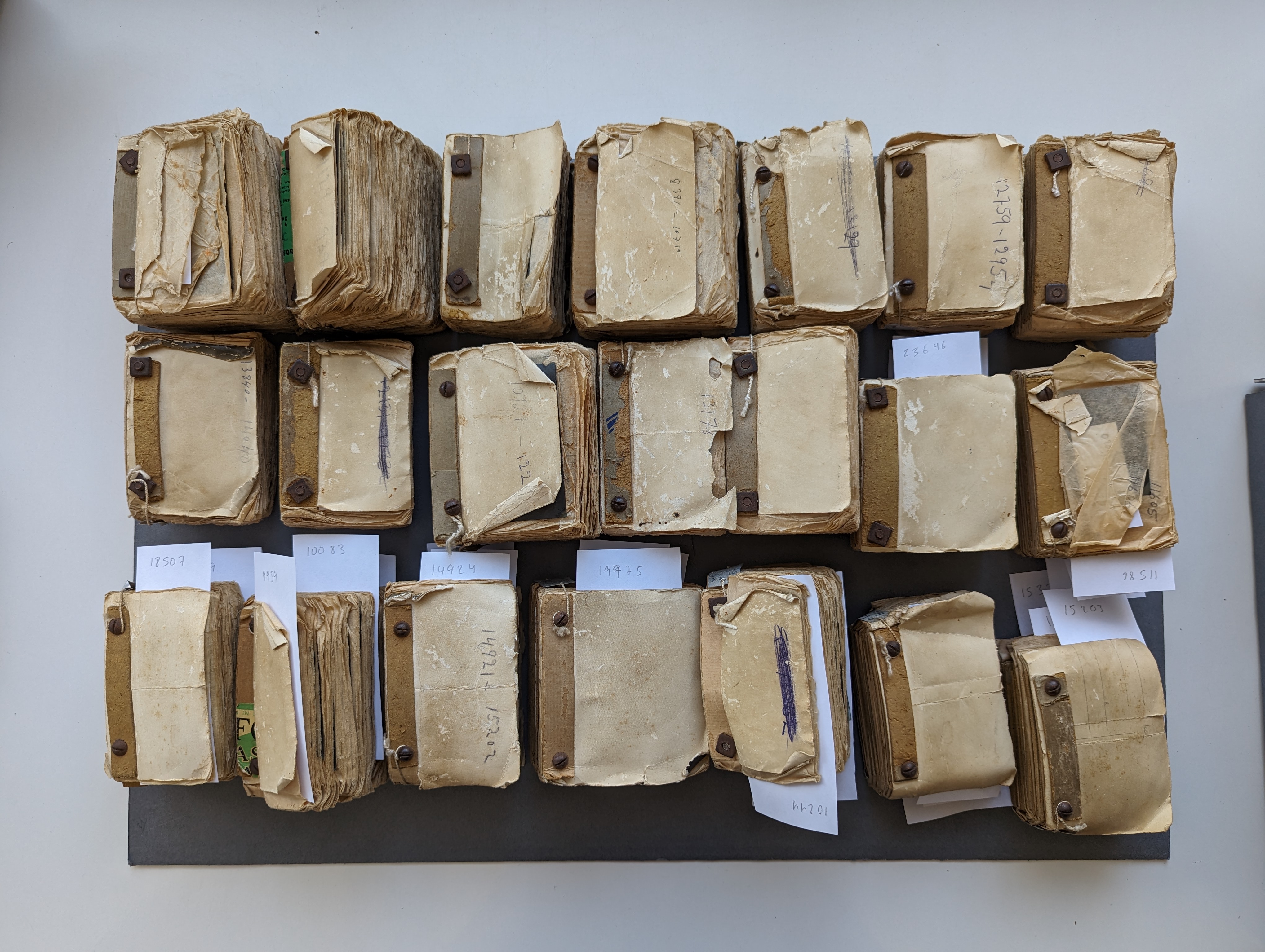Preservation Survey of Photo Jack Albums project © Rachel Tabet
Set up in Beirut in 1997, the AIF has become a key institution in the region – and has now expanded in a larger public-facing home
Arab Image Foundation was established in Beirut in 1997 by photographers Fouad Elkoury and Samer Mohdad with artist Akram Zaatari, in response to the lack of photographic archives in Lebanon and beyond, and the destruction of those that remained. Without public funding, and despite disasters such as the civil war, car bombs, the 2020 explosion, and an ongoing financial crisis – the Lebanese pound was devalued by 90 per cent in February 2023 – it has established itself as a key photographic institution in the region. AIF now holds about 600,000 photographic objects and documents in its collection, relating to the Middle East, North Africa, and its diaspora.
AIF has also become a centre for critical thinking and research, facilitating exhibitions such as An Uncanny Impulse at Casa Árabe in 2019, and Against Photography with Akram Zaatari at MACBA in 2017. It has published books with organisations such as The Photographers’ Gallery, and in 2012 organised a symposium with the Centre Pompidou (titled History of the Last Things Before the Last: Art as Writing History). It has also made its collections available to numerous researchers and artists, and runs a training programme on preservation techniques.
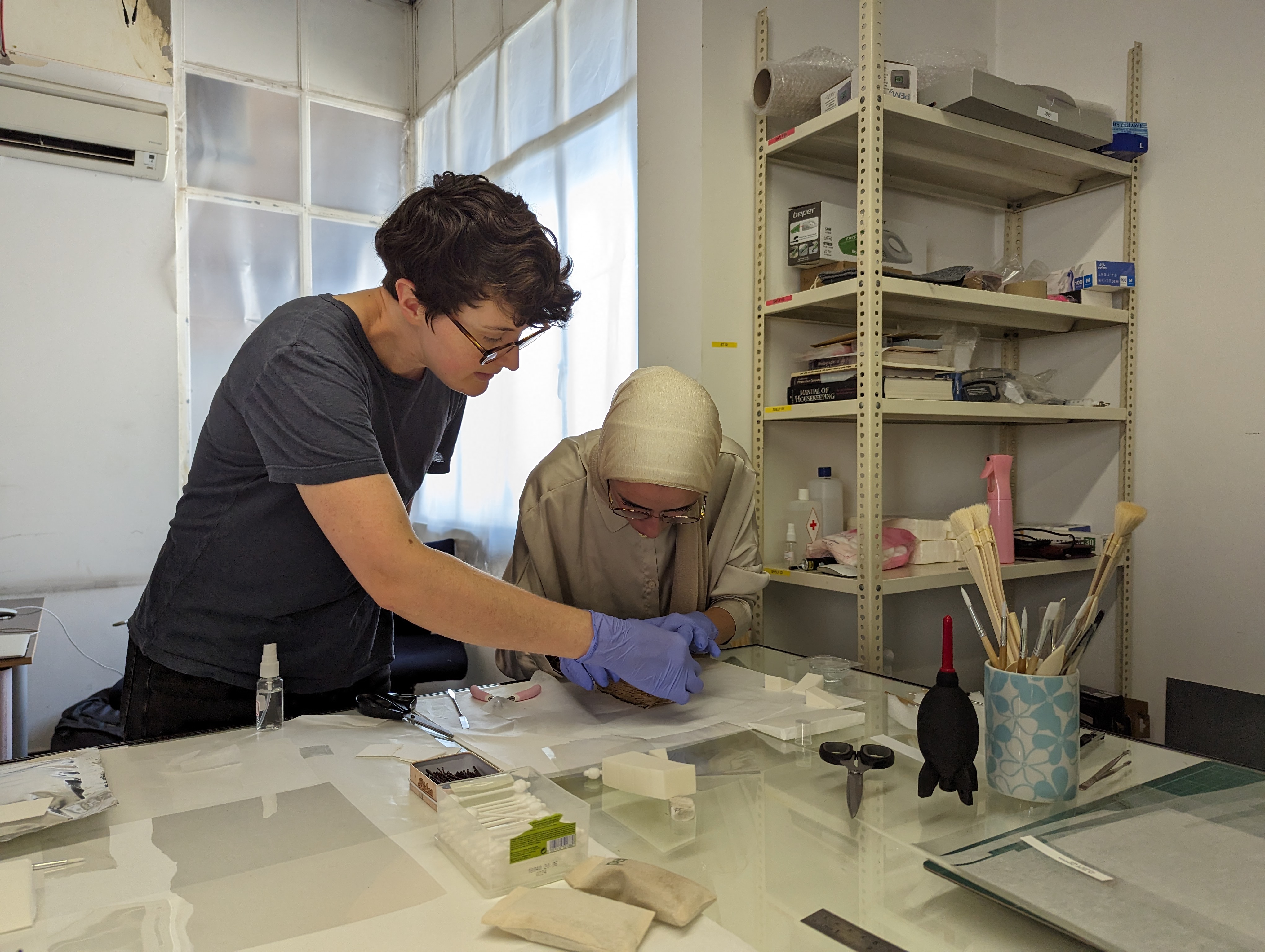
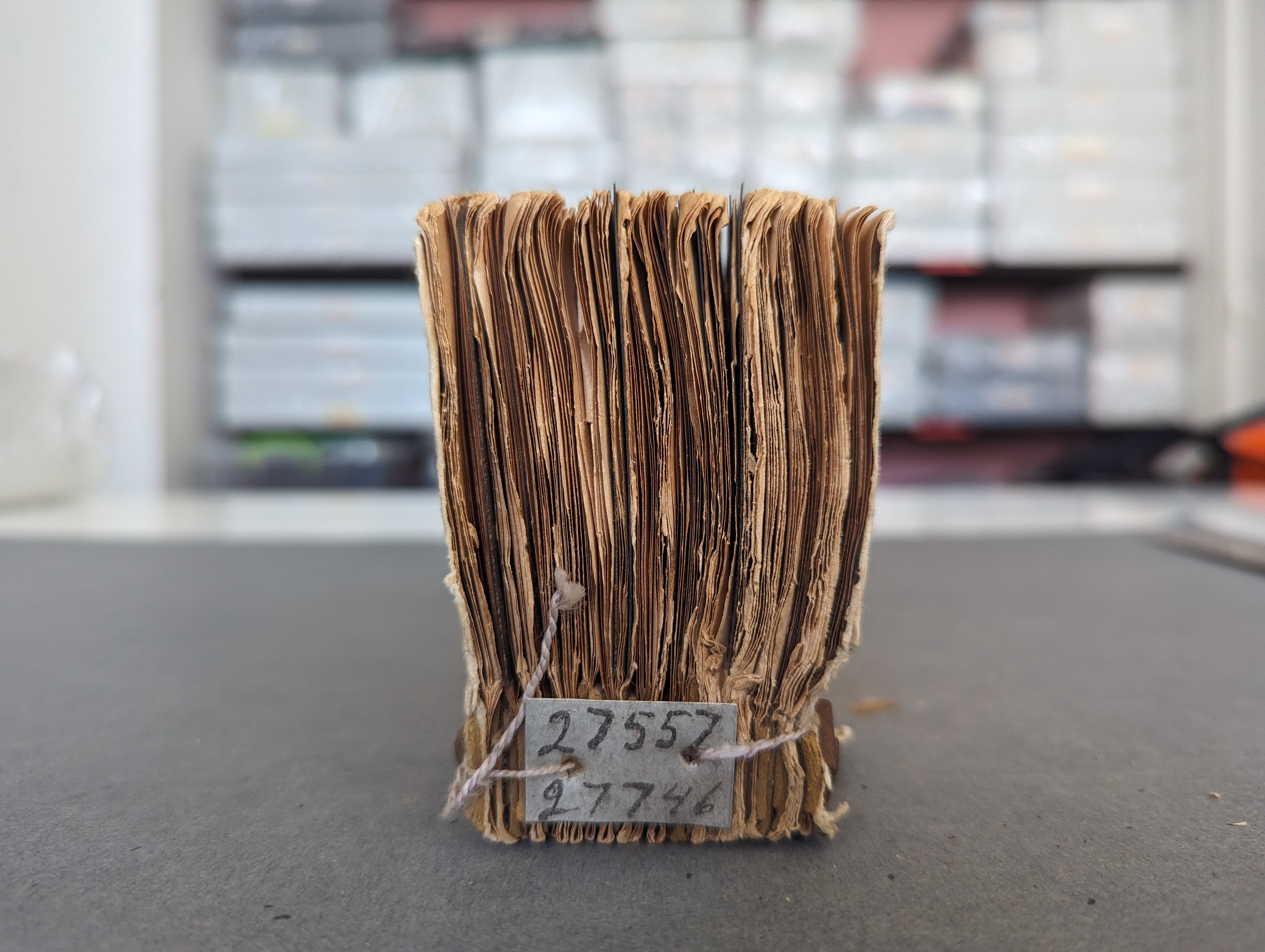
“We’re opening up the space to have lasting collaborations and mutual exchanges with like-minded institutions and collectives”
Now AIF is expanding, moving into a new home in the Kantari district of Beirut and appointing a new director. Rana Nasser Eddin was director of Beirut’s Sfeir-Semler Gallery from 2010 to 2018, and administrative director of Beirut Art Center from 2019 to 2022, but has also been a frequent visitor to AIF for years. “AIF accompanied me in my academic research and there were also numerous crossovers when I was working in galleries,” she smiles. “Don’t take it from me as someone who works there, I have personally benefited from its resources and its very helpful team.”
Nasser Eddin joins at an interesting juncture, with AIF moving into a space which is both larger and more public facing than its previous home; it now occupies 800 square metres, spread over two floors and a mezzanine. She apologises for noises from the building work as we speak, but the transfer is nearing completion, and she and the AIF team have spent the morning putting books in the basement library. The library will hold about 3500 publications, she says, and is a library of libraries rather than solely AIF’s collection – AIF has joined forces with the Dawawine cultural centre, for one, and looks forward to welcoming others.
“Financial times in Lebanon are very, very difficult, so Dawawine has had to close its space,” Nasser Eddin explains. “That meant they were left with this massive collection of books on arts, film, music and theatre which would have to go into storage. We have plenty of space, so we’re happy to share. We’re opening up the space to have lasting collaborations and mutual exchanges with like-minded institutions and collectives.”
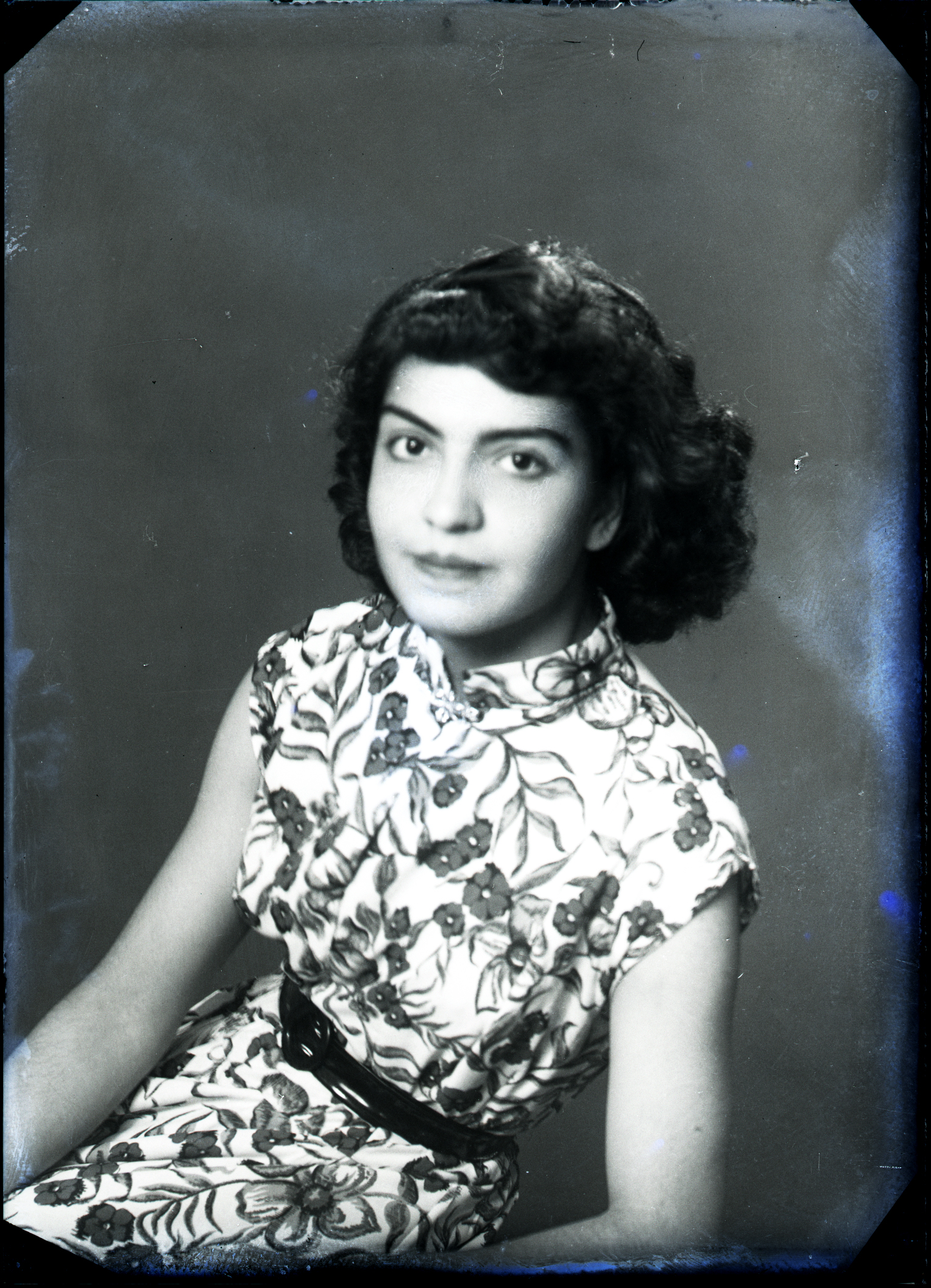
“Being alone and in the dark doesn’t agree with us,” said Dawawine in a public statement last year. “In this mad city, we found an ally in the Arab Image Foundation, and instead of reinstating a bookstore, we will be experiencing the permanence of a public library. We’ll be taking our books out of their boxes soon, and look forward to meeting readers, writers, art-makers, image seekers and researchers at AIF’s new premises, where Dawawine’s books will find a home.”
Nasser Eddin says this kind of library and research space are hard to find in Lebanon – many specialist libraries and collections are private, or held by universities, and therefore not open to the public. Even at AIF, it is a shift made possible by the new building. “Before, we were in a private 2 apartment, and just didn’t have the space 3 for desks,” she says. “Now, we have tables, desks and workstations, so people can look at our collections open-door, no appointment needed. It’s difficult to find public space like that in Beirut. It’s even difficult to find an air-conditioned space with free internet. Our library is multipurpose, we’re happy if it’s just used for research with AC on a hot day.”
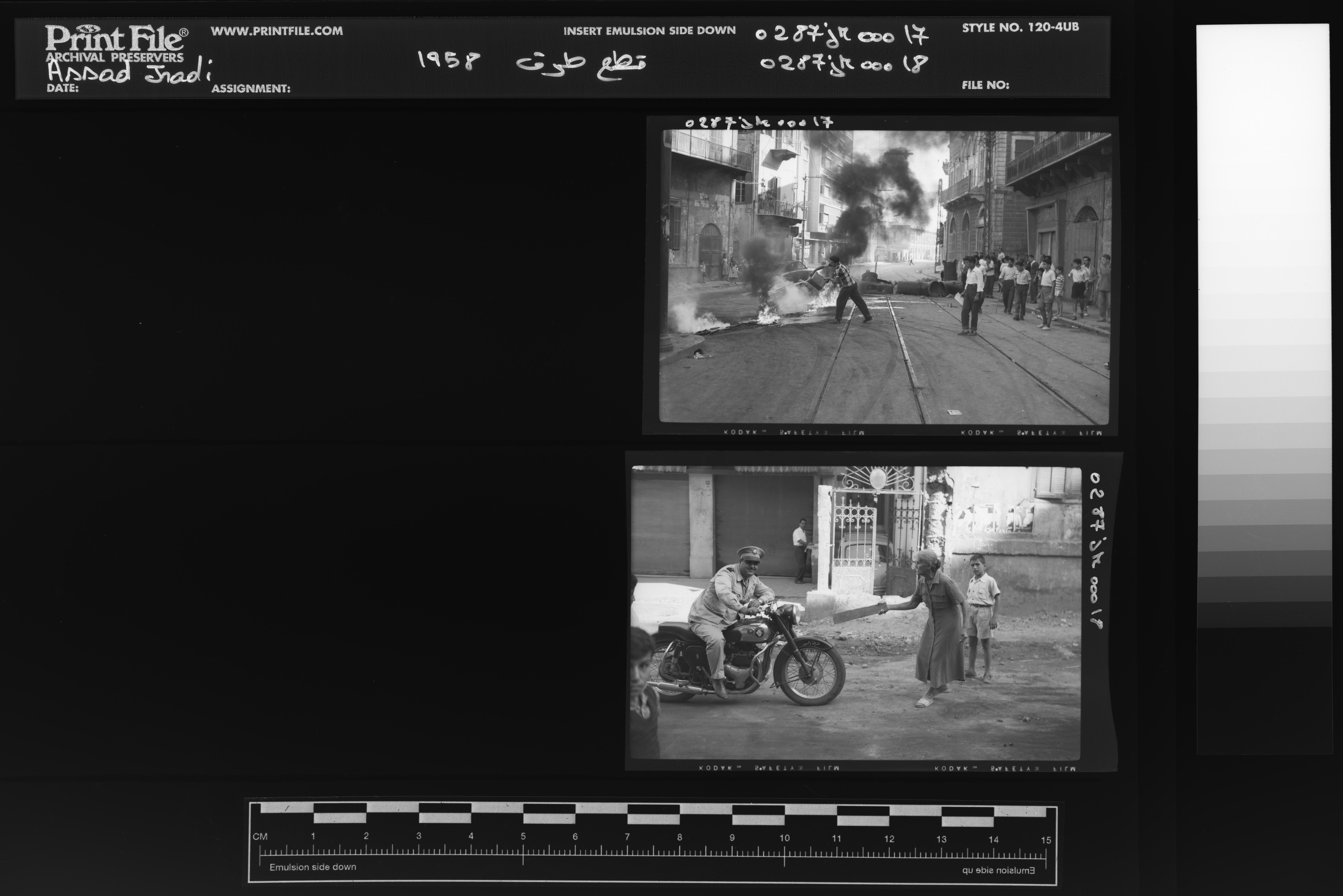
“It’s not about filling in gaps in a widespread survey of photography from the region, because I can tell you there will be gaps everywhere”
Open access
Dawawine will also be able to contribute to AIF’s film programme, along with other organisations, because AIF is constructing a screening room, along with laboratories in which it preserves and digitises its collections. These labs can also be seen by the public – in fact, located in the basement, they include skylights through which people can look in from the street. “AIF is pretty unique in what it does, in terms of preservation and digitisation, so it’s great to be able to garner more interest in that technical side,” says Nasser Eddin. “Opening it to the public, allowing people to actually see what goes on, helps raise awareness.”
AIF aims to digitise all its collections, though it is a huge task and one that in some ways can never be finished – it is currently redigitising some previously digitised items, for example, because the technology and AIF’s guidelines have moved on. Nasser Eddin says she is sure that the current wave of digitisation will also need to be redone in future, as new standards and procedures come in. It is a process that requires patience, and that applies to opening these assets to the public too, though it is something AIF is keen to do.
“We need to consider the politics of technology and how we disseminate information,” she explains. “There’s a lot of gatekeeping in the art world, in terms of information, so it’s how we make things accessible, and for what purpose. We’re creating a database of information, and how that database is searched, and the language used to do so, includes political decisions. That means we have to move with a lot of careful deliberation.”
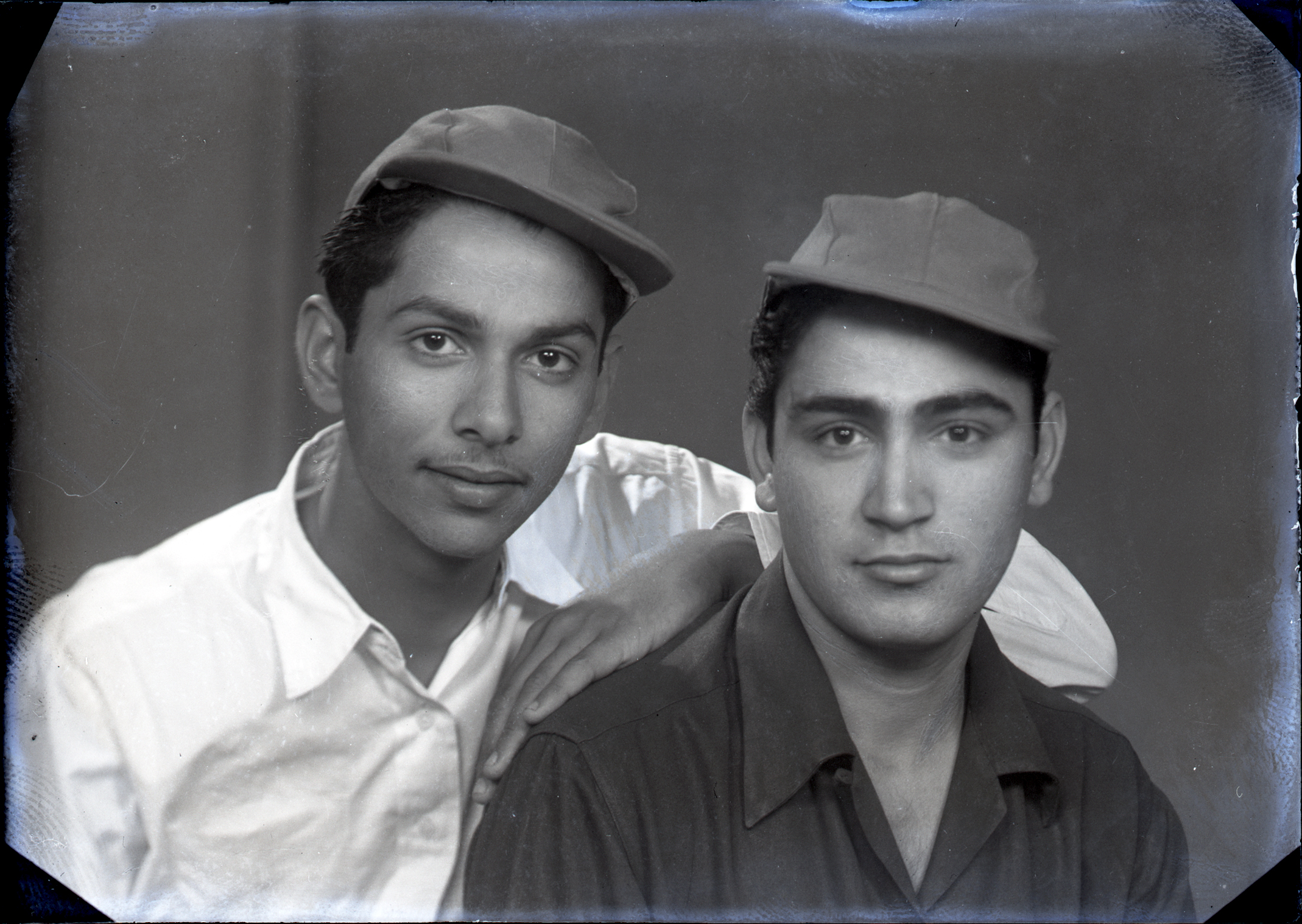
AIF is also happy to slow down its acquisitions, arguing it is important to make sure that what it already has is properly researched and studied. AIF has an extensive workshop programme, and in December ran a two-parter with the artist Edmund Clark and book designer Ben Weaver considering how colonial presence is still seen, felt and documented in still and moving images. This workshop included 13 participants from Palestine, Egypt, Lebanon and Armenia, working with AIF’s holdings.
Clark and Weaver’s contribution also included a public conversation, and Nasser Eddin wants to run more public events in the future; AIF’s new home includes a sizeable space to host these gatherings and display interesting research and images. It has the potential to be a gallery, in fact, but Nasser Eddin says they prefer to keep it flexible. “Running a gallery space would be a big shift in identity,” she says. “But the space has given us that opportunity to experiment, and we’re playing around with that.
“It doesn’t necessarily need to be an exhibition space, we’re looking at how we can use it in a productive, collective way,” she adds. “We’re thinking how to make it a place where people can gather, and not just feel at home but actually make their own imprint.” It is worth adding that AIF’s work includes many interesting exhibitions hosted elsewhere, whether put together by AIF or by curators using its holdings.
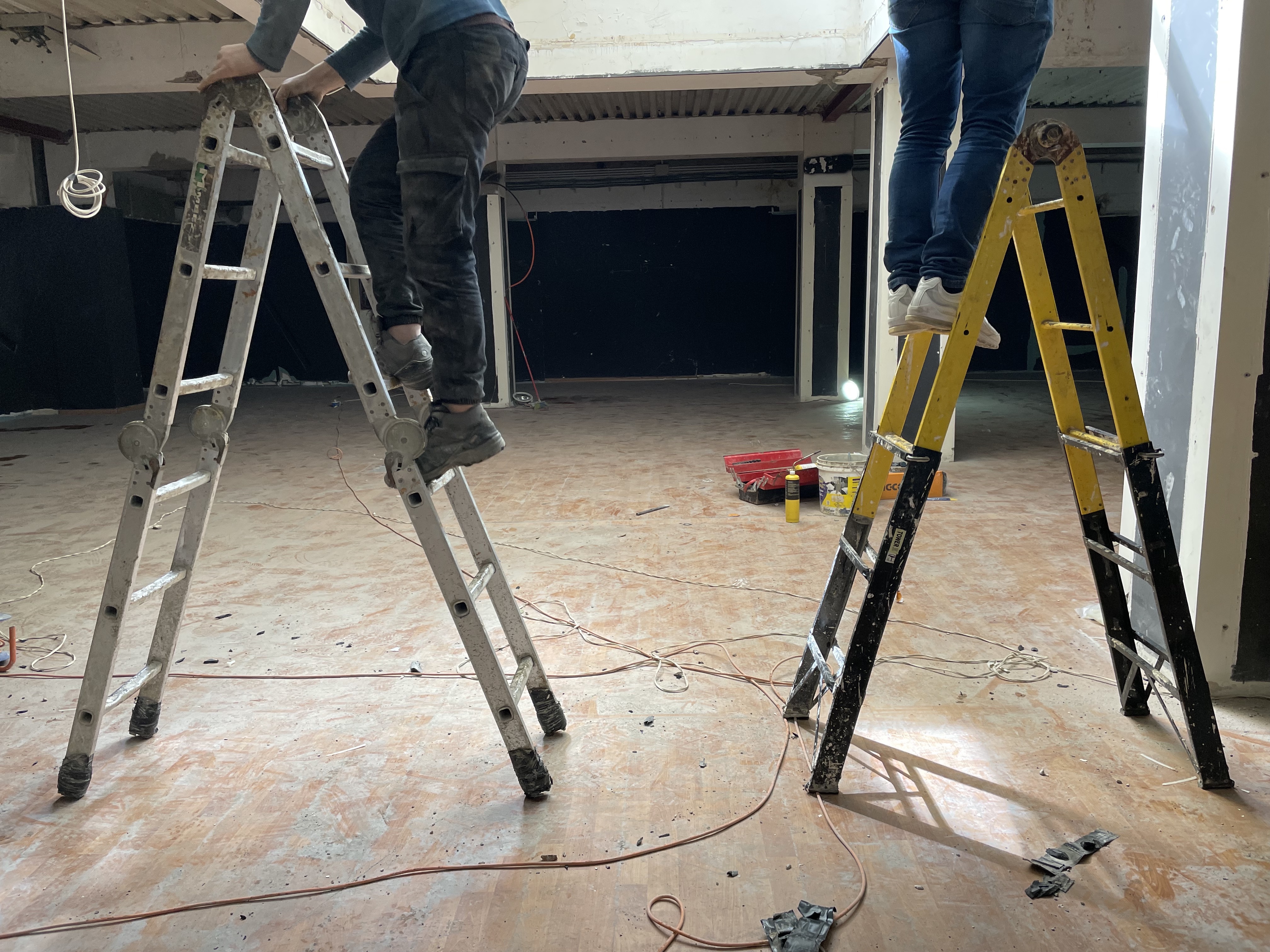
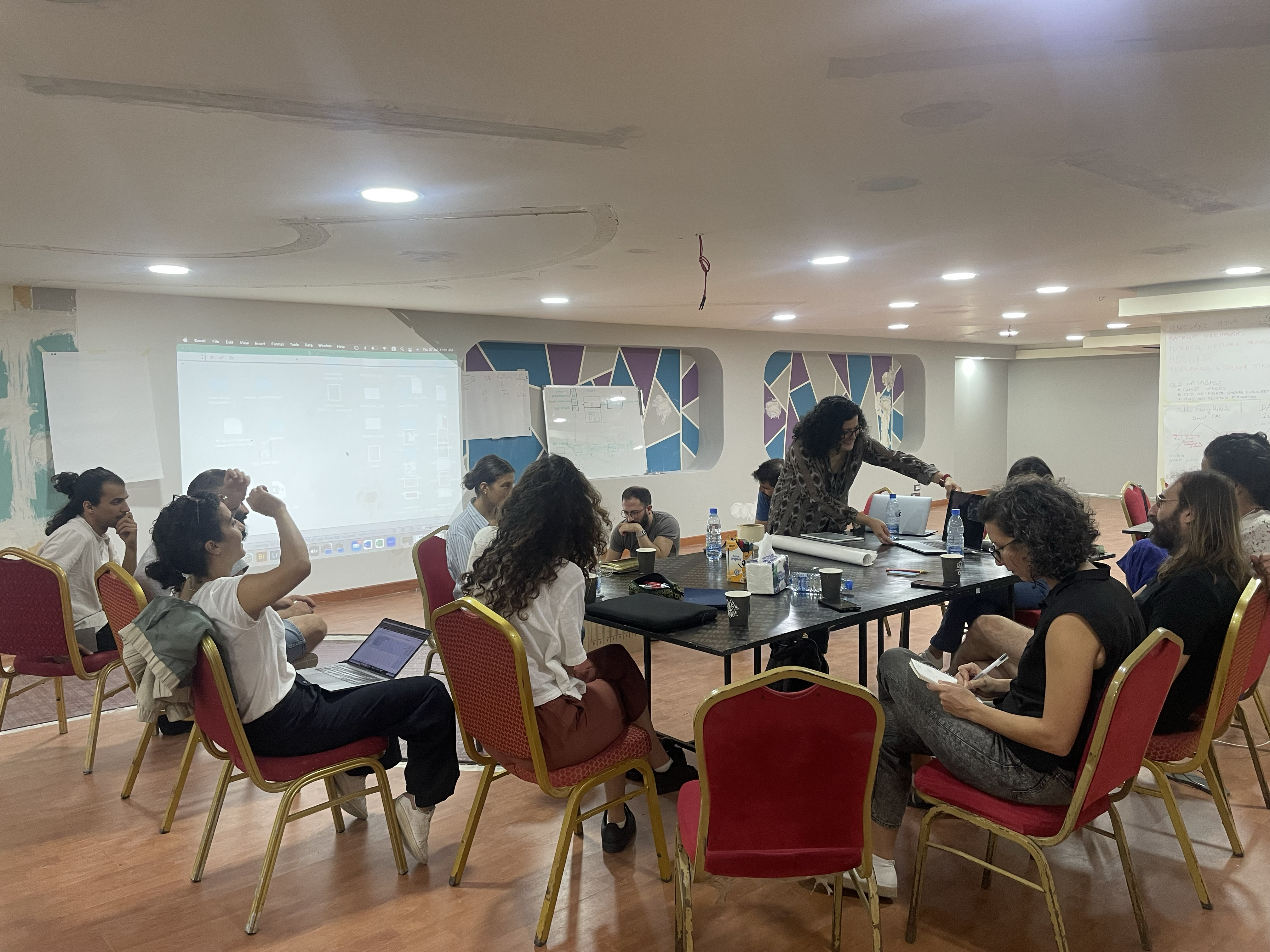
Housing collections
AIF’s archiving activities remain at the heart of its mission, and the new building includes a larger cool storage room and quarantine area for incoming items. AIF both has its own collection and provides a home for others’, including archives such as the Assad Jradi Collection, which belongs to the Lebanese war photographer but has been archived at AIF. It also includes the Toufik Yazbek Collection, which brings together the photographer’s advertising work and experimental photography, plus images of the Arab diaspora in Mexico. This was part of a drive to find work on the diaspora in South America, including in Argentina and Brazil.
The Cold Cuts Collection brings together 206 prints and Polaroids taken between the 1980s and early 2000s in Lebanon and Syria, meanwhile, showing the trans woman Em Abed and her friends. These images were used by Mohamad Abdouni, an artist and editor-in-chief of Cold Cuts magazine, to curate an exhibition on Lebanese trans lives at the Mina Image Centre in 2022, along with his own shots and interviews with members of the trans community. This collection is a recent addition to AIF and, says Nasser Eddin, a meaningful one. “In recent years there has been a crackdown on queer communities in Lebanon, so providing the care needed for this collection is very important to us,” she explains.
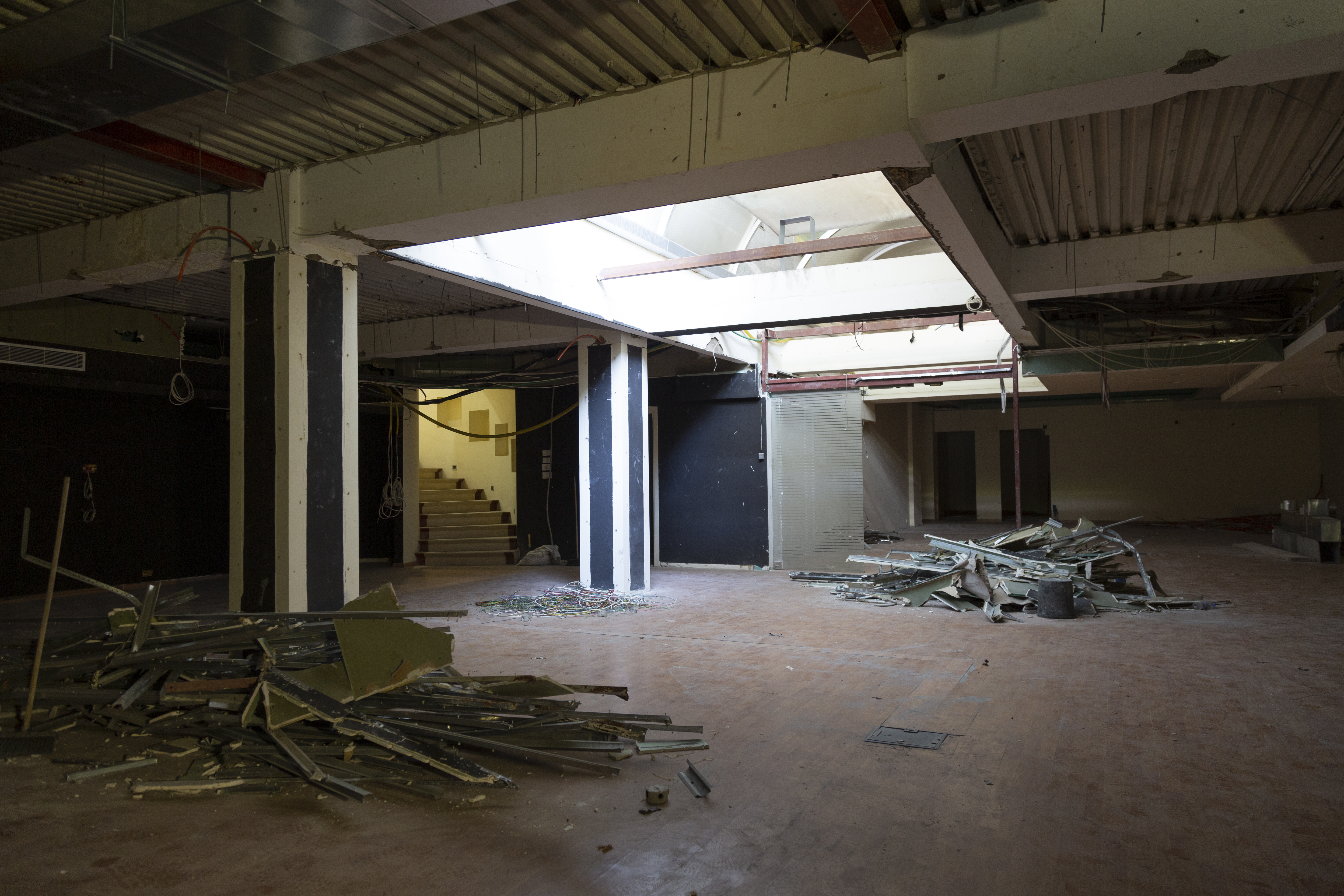
Nasser Eddin adds that AIF is always keen to preserve collections from vulnerable communities in danger of being destroyed; AIF is currently working on Kurdish archives smuggled out of Iraq, for example, and she observes that Kurdish portrait studios and archives have often been the first places to be destroyed when Iraqi Kurds have come under attack. “There’s a need to preserve these archives, especially when their existence is actively being erased,” she says.
Lebanon was swept by ‘archive fever’ in the early 1990s and 2000s, she says, after the civil war ended; she puts this down to the urge to reconcile what had happened and use visuals to help come to terms with it. AIF also has a collection of colonial work, though currently it is more open to photographic practices from the region than the many European depictions of it. AIF is a small organisation, so it has to think how best to use its resources, says Nasser Eddin. “We look at new additions to the Foundation with deliberation,” she says. “We are not aiming to create a complete survey of the Arabic world, its diaspora and its entire history.
“It’s not about filling in gaps in a widespread survey of photography from the region, because I can tell you there will be gaps everywhere. What we hope to do is provide care for photographs and photographic practices that also feed into research and artistic practices, and create spaces for collective engagement. We want to activate the collections.”

